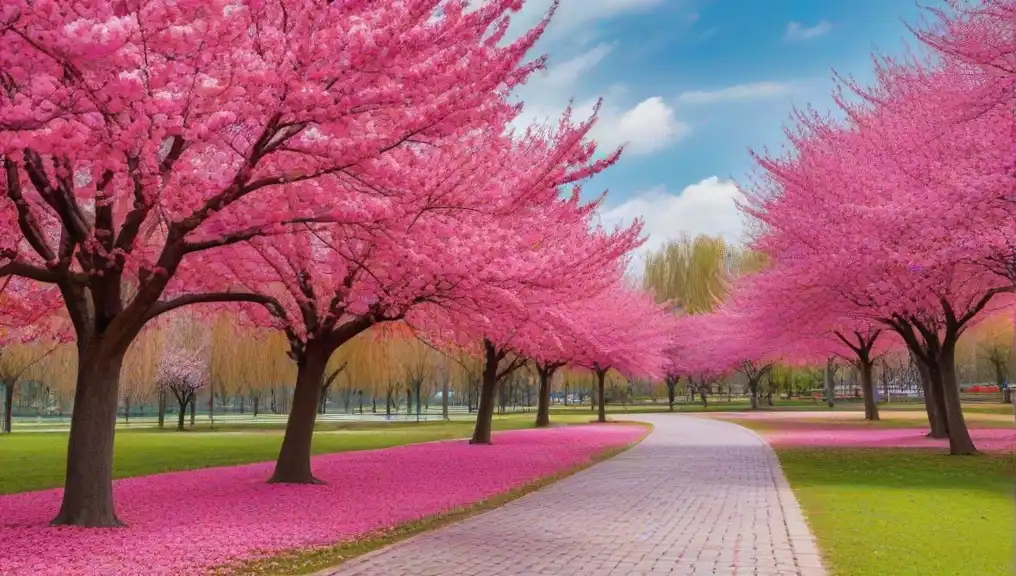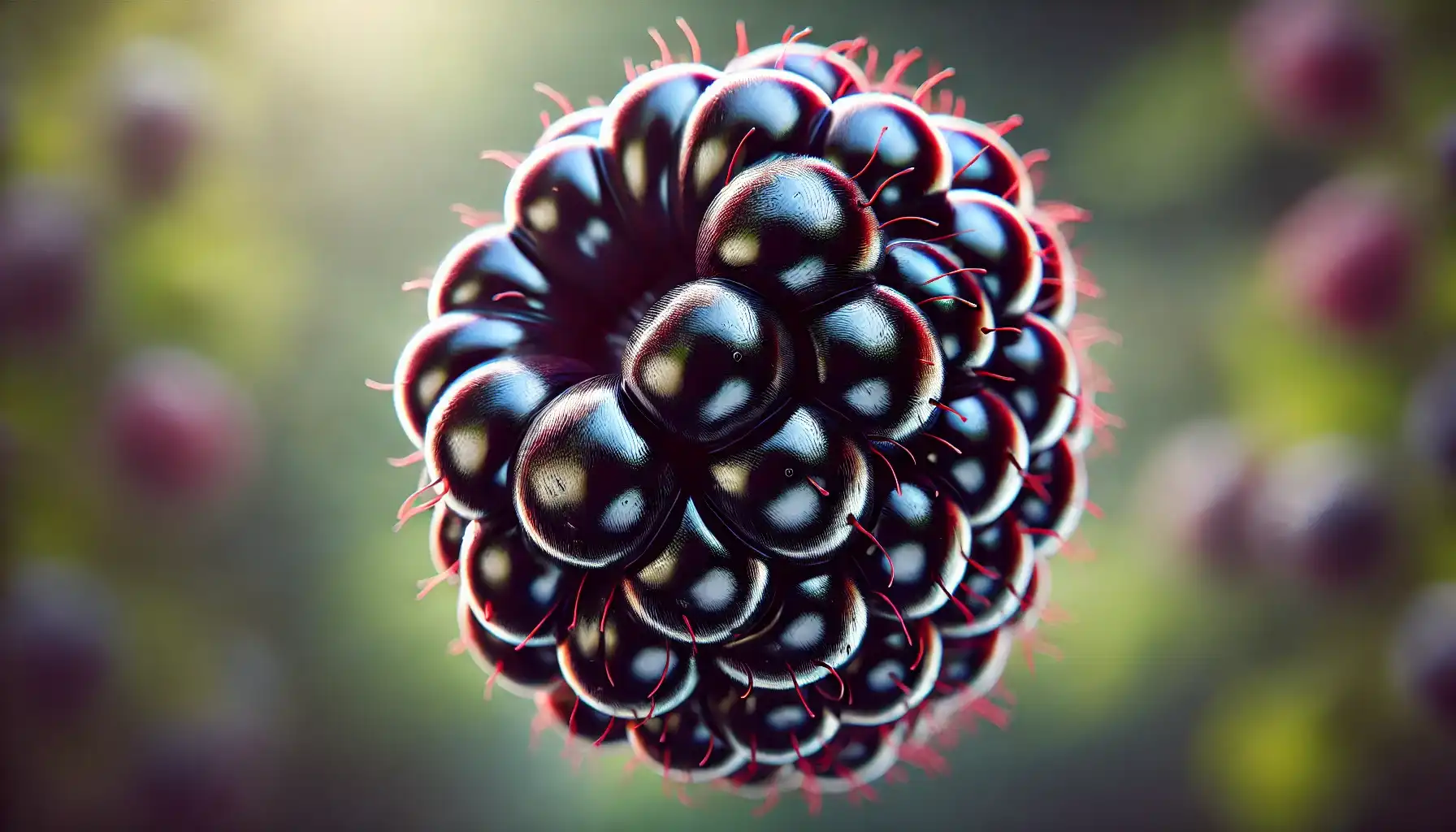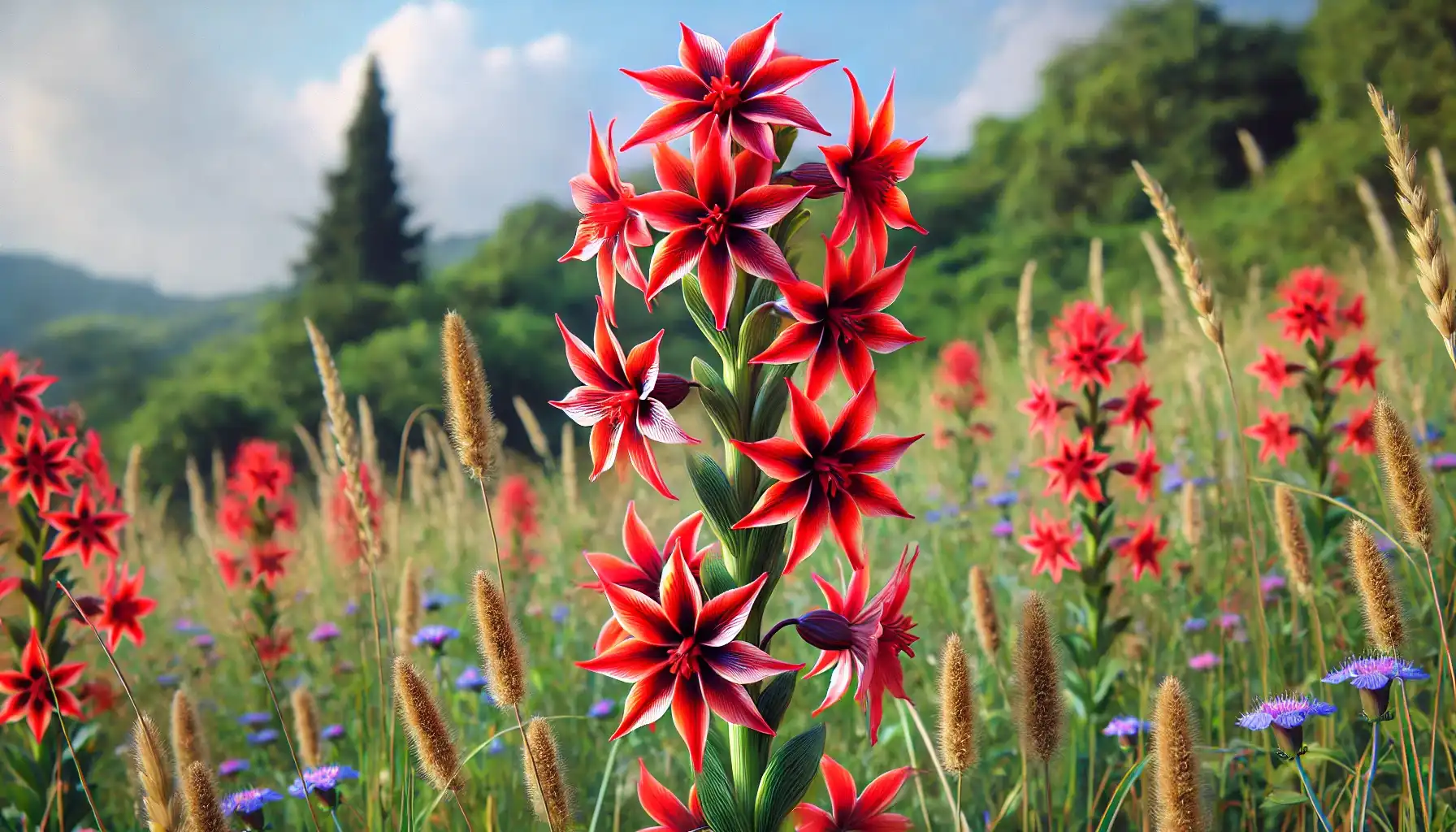Pre-hunting: Read This Before Searching for Chanterelles

For many people, chanterelle mushrooms are among the most favorite, aesthetically pleasant, delicious, and surprising natural creations from all similar plants. Their unique appearance and flavor make them a longed-for product, this is why knowing about this kind of species is especially vital.
Contents:
For many people, chanterelle mushrooms are among the most favorite, aesthetically pleasant, delicious, and surprising natural creations from all similar plants. Their unique appearance and flavor make them a longed-for product, this is why knowing about this kind of species is especially vital.
Like any other mushroom, chanterelles should be carefully explored and observed before being consumed for food or medicinal use. What are their benefits to remember about? What do chanterelle mushrooms taste like? What are the main rules of mushroom hunt? Everything you need to know about this wonderful creation is here, in our material.

Briefly About What Chanterelle Mushrooms Are
Generally speaking, chanterelles represent a highly prized variety of wild mushrooms characterized by vibrant yellow to orange colors, delicate aroma, and mild, sweet flavor not to confuse with anything else. Their appearance is also distinctive as it speaks of its species more than other traits alone. What they feature includes funnel-shaped capes with wavy, irregular edges and gill-like ridges (i.e., false gills) underneath.
When on the hunt, it is important to tell true and false chanterelles apart, for consumption of the latter can pose serious threats to humans and lead to severe health complications in the end. In fact, there are a few points to pay attention to so as to understand what type of chanterelle it might be:
Color and Texture: While true chanterelles have a golden-yellow to orange color with a smooth texture, the false variety appears darker with a more intense hue and slightly fuzzy texture.
Gills: The most prominent difference lies in the characteristics of the hymenium. True chanterelles do not actually have gills under the cap but blunt, forked ridges that run down the stem. False chanterelles, in turn, have typical gills that can be easily separated from the cap and stem.
Cap Shape: The cap of a true chanterelle is usually wavy and features irregular edges, while the false type possesses an evenly rounded cap with little to no waviness at all. Nevertheless, this aspect cannot be the only hint used to uncover the nature of a mushroom.
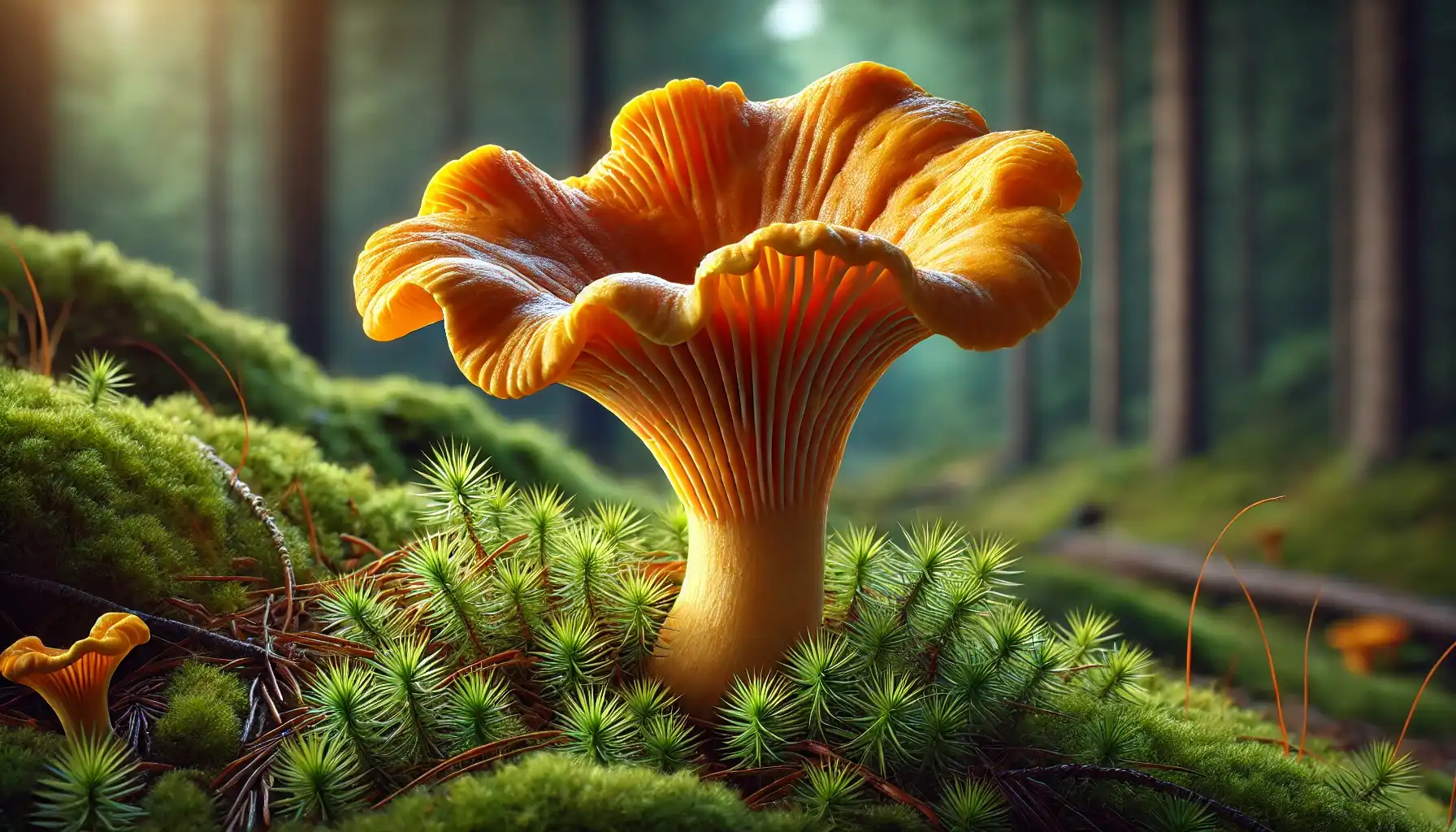
The Main Benefits of Chanterelle Mushrooms
It is an open secret that chanterelle mushrooms may boast a bunch of benefits that stem from the nutritional composition of the plant. In essence, chanterelles are extremely rich in vitamins, particularly vitamins D, C, and several B options, as well as potassium, iron, copper, and antioxidants like beta-carotene and polysaccharides, too. Altogether, they can reduce the risk of chronic diseases, protect cells from damage, boost the immune system, and alleviate inflammation.
Moreover, chanterelles are favored for their unique, peppery flavor with sweet notes and a meaty texture that make this mushroom a popular ingredient in many world cuisines. No matter how you cook chanterelles, whether these are roasted, added to soups, used in sauces, or sauteed, they remain a welcome product anytime. Nevertheless, so as to enjoy this delicate flavor, foragers should know where and when to hunt chanterelle to pick up the right varieties only.
When and Where to Seek Chanterelles in the Wild?
Chanterelle hunting season usually starts in summer and lasts a few months till fall. Nevertheless, some regions may present another schedule due to the local climate conditions. What chanterelles need to thrive is warm temperatures with plenty of moisture, which is quite obvious. Hence, the periods after the rain followed by the warm days may be ideal for the mushrooming processes.
As soon as the season hits, one may get ready for foraging endeavors. As a rule, chanterelles thrive in mixed forests with a combination of deciduous and coniferous trees, though they are still strongly associated with oaks and pines (and birches, too). It is also worth mentioning that these mushrooms usually grow on the forest floor rather than directly on the wood, so consider looking for chanterelles among leaf litter on well-drained soil.
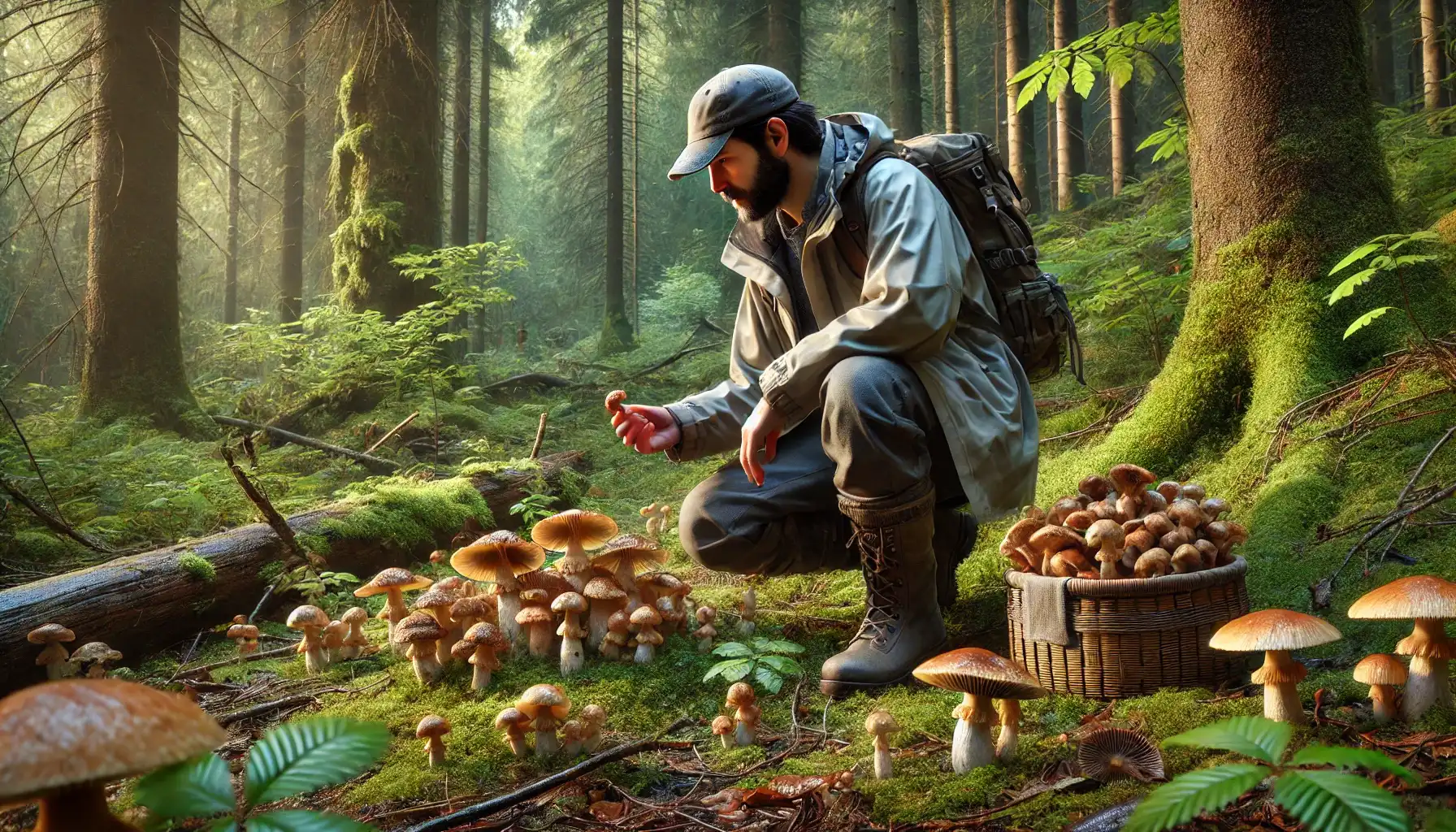
How to Pick Up the Right Mushrooms? A Pro Tip for Those on a Hunt
Hunting chanterelles is always a unique procedure, especially when it is a successful one. For us, novice foragers, not to get confused and overwhelmed, it is vital to have a private assistant that guides us through such a complex journey. The role of an aide may be passed to the digital tools designed specifically for those who need instant help right away. AI Plant Finder is an application that can offer such an experience with pleasure and ease.
Sometimes, everything we need comes down to advanced exploration, and it is an appropriate aspect to start with. AI Plant Finder provides one with an extensive database of more than 300,000 plant species, each with detailed information about its nature, habitat, plant care needs, growth requirements, edibility potential, toxicity levels, and more. Just type in the name of a plant or point the camera at the natural instance and learn more about flora with due respect to its inhabitants.
In addition, the app is full of useful features that can be employed when in the garden. Disease ID, for example, may help one identify what is wrong with the plant and select the most appropriate treatment plan for quick and efficient recovery. Such inbuilt tools like a water calculator and an illuminance meter may facilitate this process and help you find out how much water/light your plants actually need. Seems like a great option for those who wish their gardening routine was less stressful.

What Do Chanterelles Taste Like?
Once again, there exist two varieties of chanterelles, the true and false ones. Let us check what they have in their flavor profiles, though we highly recommend you do not even try false chanterelles.
As we have covered before, true chanterelles have an apricot-like aroma and delicate, peppery flavor with a hint of sweetness somewhere in the background. What do false chanterelles taste like then? False chanterelles, though, have a milder taste that can feature slightly bitter tones, yet it is not a common rule. Besides, the texture may also draw one’s attention, as the true chanterelles have a firm, chewy texture, and false varieties tend to be softer.
To prevent any problem, it might be reasonable to buy chanterelle mushrooms at the local markets first for you to get acquainted with the appearance, flavor, and fragrance of the plant. This is how you may become familiar with this fungus and never confuse it with its hazardous doppelgängers anymore.
Share:
Read More
Identify Any Plant, Diagnose Every Disease
Download Our App Now!
